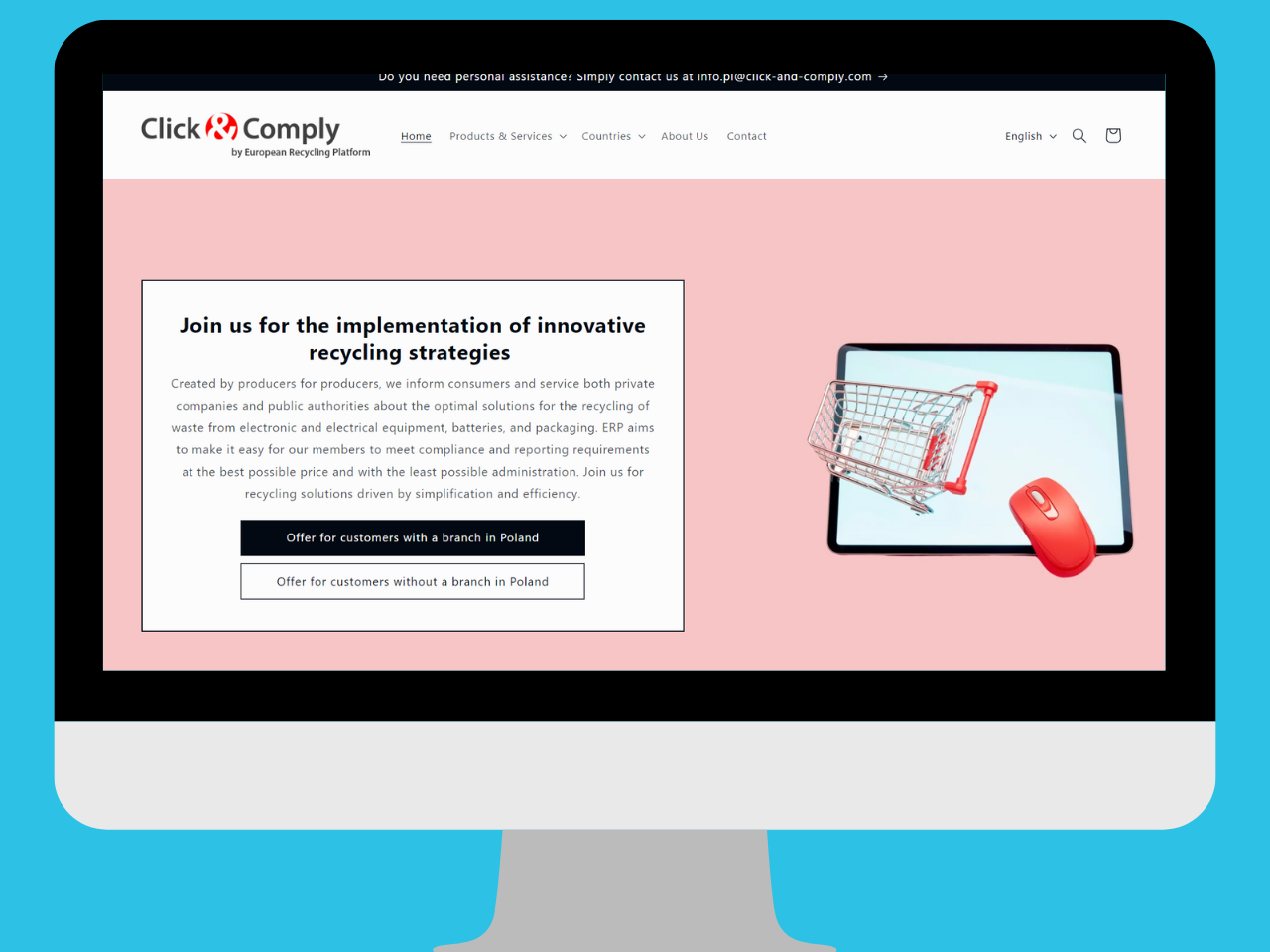What’s happening? Here is an update for September 2024:
EU REACH: new hazardous chemical added to Candidate List
EU CLP Regulation: understanding new hazard classes
Canada’s Federal Plastics Registry: reporting deadlines start in 2025
UK REACH: the alternative transitional registration model
EU REACH: new hazardous chemical added to Candidate List
A new substance has been added to the Candidate List of substances of very high concern for Authorisation. The list currently contains 241 entries, but some are groups of chemicals, so the overall number of impacted chemicals is higher.
The newly added chemical is bis(α,α-dimethylbenzyl) peroxide (CAS number 80-43-3), which is toxic for reproduction and is used as a processing aid: for example, as a flame retardant.
What does this mean for companies?
Companies are responsible for managing the risks of these chemicals and giving customers and consumers information on their safe use.
European producers and suppliers of articles containing the substance above a concentration of 0.1% (weight by weight) must:
- inform their customers of its presence, provide sufficient information on safe use, and notify the European Chemicals Agency (ECHA) – REACH Regulation
- submit a notification to ECHA’s database of Substances of Concern in Products (SCIP) – Waste Framework Directive
The substances may be placed on the Authorisation List in the future. If so, their use will be prohibited unless a company obtains authorisation for their use from the European Commission.
EU CLP Regulation: understanding new hazard classes
The EU Classification, Labelling and Packaging (CLP) Regulation aligns the EU with the UN Globally Harmonized System (GHS) of classification and labelling of chemicals.
It is updated periodically to address emerging hazards (see previous COMPASS article here).
Recent amendments have introduced new hazard classes (with respective compliance dates – see chart below) for:
- Endocrine Disruptors (EDs)
- Persistent, Bioaccumulative and Toxic (PBT) as well as Very Persistent and Very Bioaccumulative (vPvB) substances, and
- Persistent, Mobile and Toxic (PMT) as well as Very Persistent and Very Mobile (vPvM) substances

For industry, revised classification imposes additional testing and compliance costs. Companies will need to assess their products and may need to reformulate them or find safer alternatives. Classification would lead to enhanced risk management requirements, including potential restriction on the use of certain chemicals.
Landbell Group company, H2 Compliance has published a recent report which explores these new hazard classes, their significance, and their implications for industry .
Canada’s Federal Plastics Registry: reporting deadlines start in 2025
Canada has launched its Federal Plastics Registry, a database of all plastic resins and products placed on the Canadian market, regardless of the end-user, with a reporting requirement starting in 2025.
The Registry is established under the Canadian Environmental Protection Act as a further step in Canada’s drive to reduce plastic pollution.
The Registry covers plastic resins, plastic products, as well as certain plastic-containing products which are split into eight categories and further subcategories.
The reporting obligations apply to producers, waste generators and service providers. This extension of obligations is also visible in the inclusion of all waste streams: residential, institutional, commercial and industrial waste.
What are the deadlines?
Annual reports are to be submitted by 29 September, for the preceding year, and apply as of:
- 2025: first reports due for producers of plastics in packaging, single-use plastic (SUP) products or electrical and electronic equipment (EEE)
- 2026: first reports due for producers of plastic resins; for waste generators of plastic in packaging, SUP products or EEE; and for service providers of plastics in packaging, SUP or agriculture products collected
- 2027: first report due for service providers of plastics in tyres or EEE sent for disposal
For more information, please see the article by Landbell Group company, H2 Compliance.
If you need support or have additional questions, please contact CGlobal-Sales@landbellgroup.com
UK REACH: the alternative transitional registration model
Since the UK REACH public consultation on the alternative transitional registration model (ATRm) was released, a general election in the UK has led to a change in government.
The ATRm public consultation was proposed by the old Conservative government, and so the ATRm may not be implemented by the new Labour government.
For a deep dive into the details of the ATRm and the potential changes under the new Labour government, Landbell Group company, H2 Compliance has published this article.
Sign up for our monthly
report COMPASS here:
Your email












